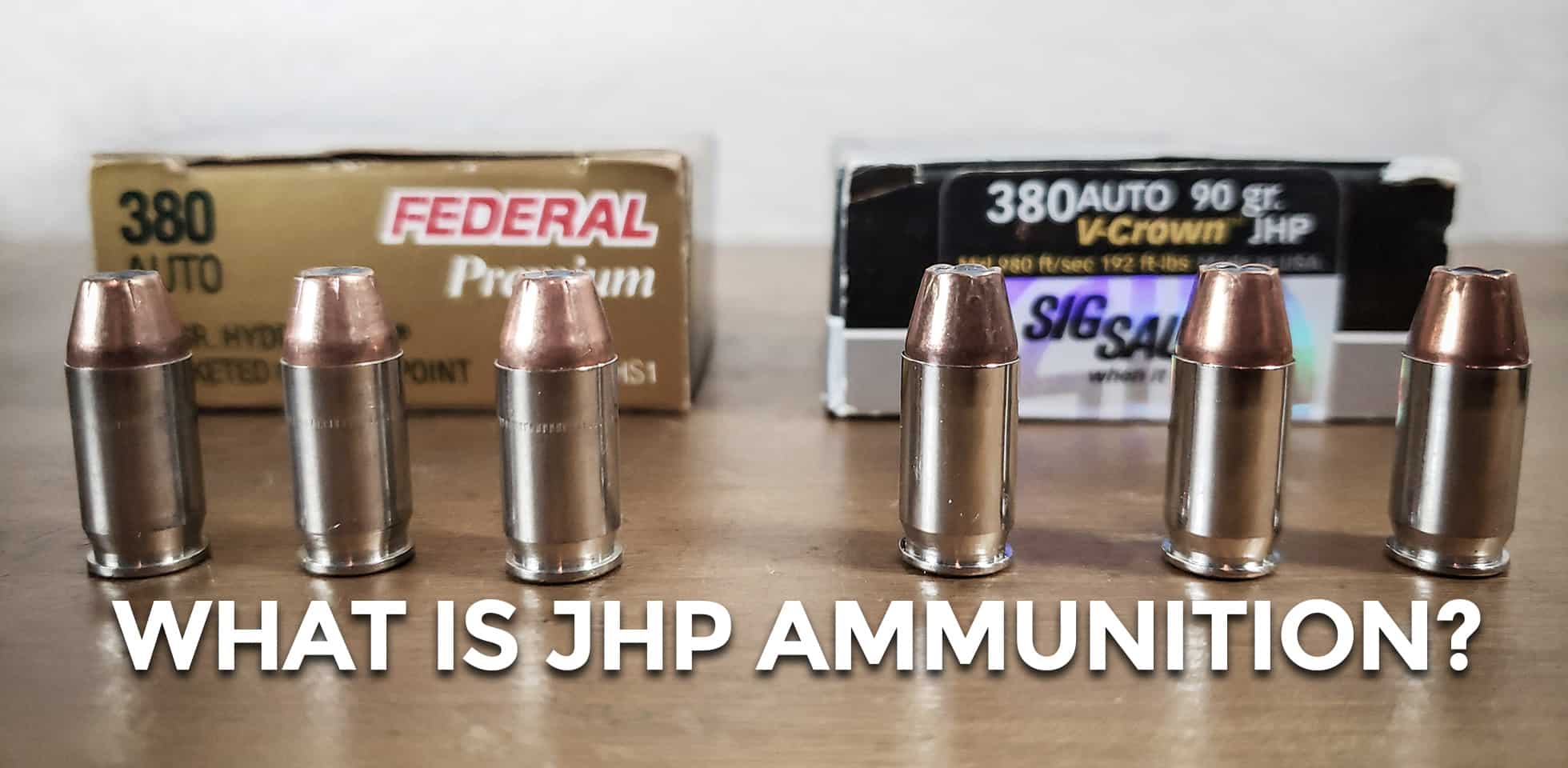Excitement About Ammunition Pro Llc
Excitement About Ammunition Pro Llc
Blog Article
The Main Principles Of Ammunition Pro Llc
Table of ContentsAmmunition Pro Llc Things To Know Before You Get ThisAbout Ammunition Pro LlcAmmunition Pro Llc for BeginnersGetting My Ammunition Pro Llc To WorkThe Greatest Guide To Ammunition Pro Llc
The standard components of ammo are the exact same for rifle, pistol, and shotgun ammunition. Today we're looking at the what the fundamental components of ammunition are and exactly how they work with each other to discharge a round.It houses the guide and powder. The bullet is seated in the open end of the instance. When you terminate a bullet out of a semi-auto gun, the weapon's extractor lifts the instance from the firing chamber and it flies out of the gun. The case is additionally in some cases referred to as coverings, brass, or casings.
A gun's firing pin strikes a cartridge's primer. The primer is a metal cup that holds an eruptive chemical compound. When the shooting pin strikes the guide cap, it crushes the priming compound against the anvil. This produces a tiny surge in case that sparks the propellant. The guide is located in the edge of the instance of a rimfire cartridge.
The Ultimate Guide To Ammunition Pro Llc
Both typical kinds of guides in centerfire cartridges are Berdan and Boxer guides. Gunpowder beside the instance that commonly contains it. Powder, additionally recognized as propellant or gunpowder, is a fast-burning chemical combination. The guide surge ignites it. It is generally a mix of saltpeter, charcoal, and sulfur.
We call the projectiles for shotshells, which we terminate through shotguns, slugs and shot. Now that you have a fundamental understanding of the standard parts of ammo, you can really feel a little bit more confident in exactly how your weapon and ammunition feature!.
Some Known Details About Ammunition Pro Llc
Stay on par with Special Deals, Breakthrough Notification of Sales, and Store Events
Enjoyable truth: Grains are used to define the mass of a bullet since completely back in the early days of weapons, it was a dispenser's unit of dimension, and a common measure was required to identify just how much lead to use to make cast lead bullets (Shooting Supplies). 'Grains' as a system of action for weight goes all the method back to ancient times, and stands for the weight of a grain of wheat
(https://imageshack.com/user/ammunitiondde)For reference, the weight of a paper clip has to do with 16 gr. So, we recognize that grains are an action of mass, and more = heavier, and heavy is great, best? Yes, hefty is great, however mass of the projectile isn't the only thing you need to take into consideration when picking a round for your firearm.
Ammunition Pro Llc Fundamentals Explained
Enjoyable truth, this is the origin of the term "Rifle" ex lover. The result this spin has on projectiles is a supporting one the bullet turning keeps the nose pointed right, in the very same means that a completely spiraled football throw is going to be much extra stable and exact in flight than a hideous duck, end over end toss.
How does this associate to grain weight? Visualize you're on one of those play area carousels, the ones with bars you hold on to while it spins.
The exact same effect happens with bullets. The larger the projectile, the even more effect a much faster rotate will certainly have on it.
Ammunition Pro Llc - Truths
There's another element that we have to consider when picking a grain weight for our ammo. As hinted at above, bullet rate, or the speed of the projectile, is a significant variable when establishing the most effective grain weight projectile to utilize. Rate is influenced by a couple of significant aspects, including the kind and amount of propellant (gunpowder), barrel length, and bullet weight.

One of the most typical grain weight rounds for 9x19mm cartridges are 115gr and 124gr. These are usually lead core, totally jacketed (FMJ) rounds. Both of these grain weight cartridges will certainly carry out well in manufacturing facility 9mm pistols, to typical handgun distances (approximately 50 lawns). 115 grain rounds are the most usual (and for that reason least expensive).
Report this page